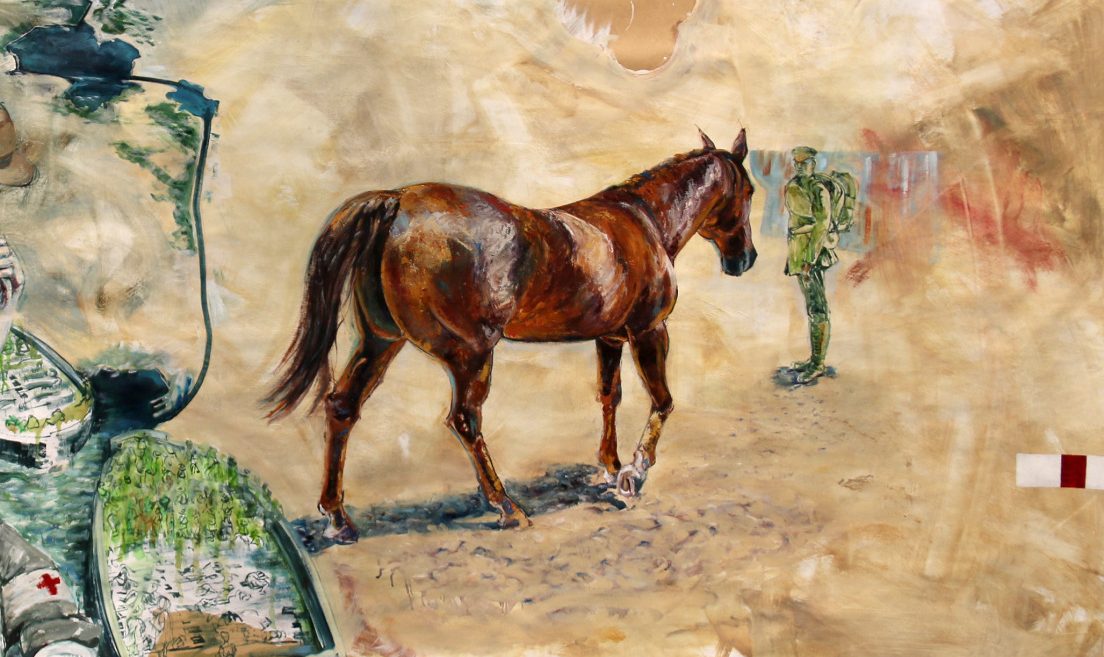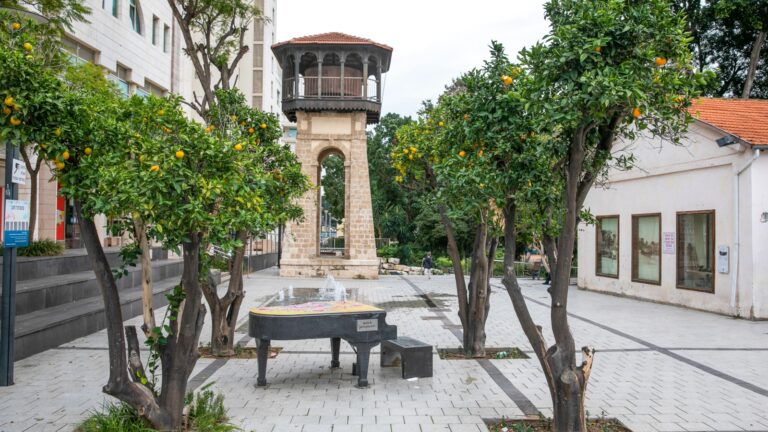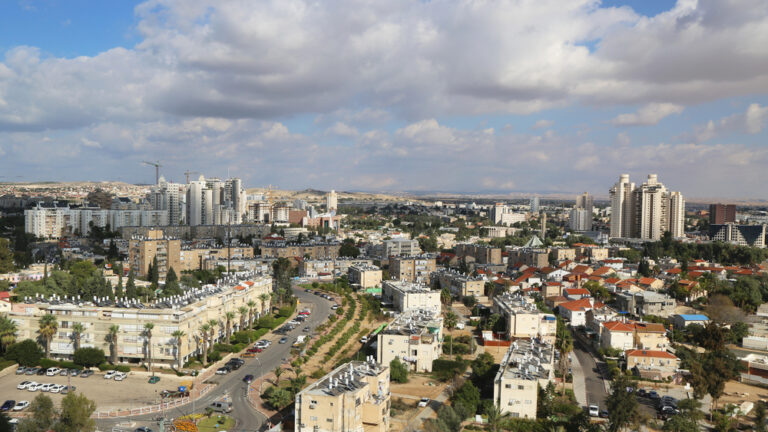Israelis thrilled last week to the sight of a reenactment by visiting Australians and New Zealanders of the 4th Light Horse Brigade mounted charge. The spectacle, one of a series of ceremonies and events marking 100 years to the ANZAC Mounted Division fighting the Battle of Beersheba of October 1917, was considered modern warfare’s last great cavalry charge.
Beersheba was, however, only the beginning of a months-long offensive that ultimately resulted in the capture of Jerusalem in December 1917 by Great Britain’s Egyptian Expeditionary Force (EEF), led by General Edmund Allenby. It was after Beersheba, on November 14th, that the New Zealand Mounted Rifles Brigade (NZMR) fought against the Ottoman Turkish 3rd Infantry Division in the Battle of Ayun Kara.
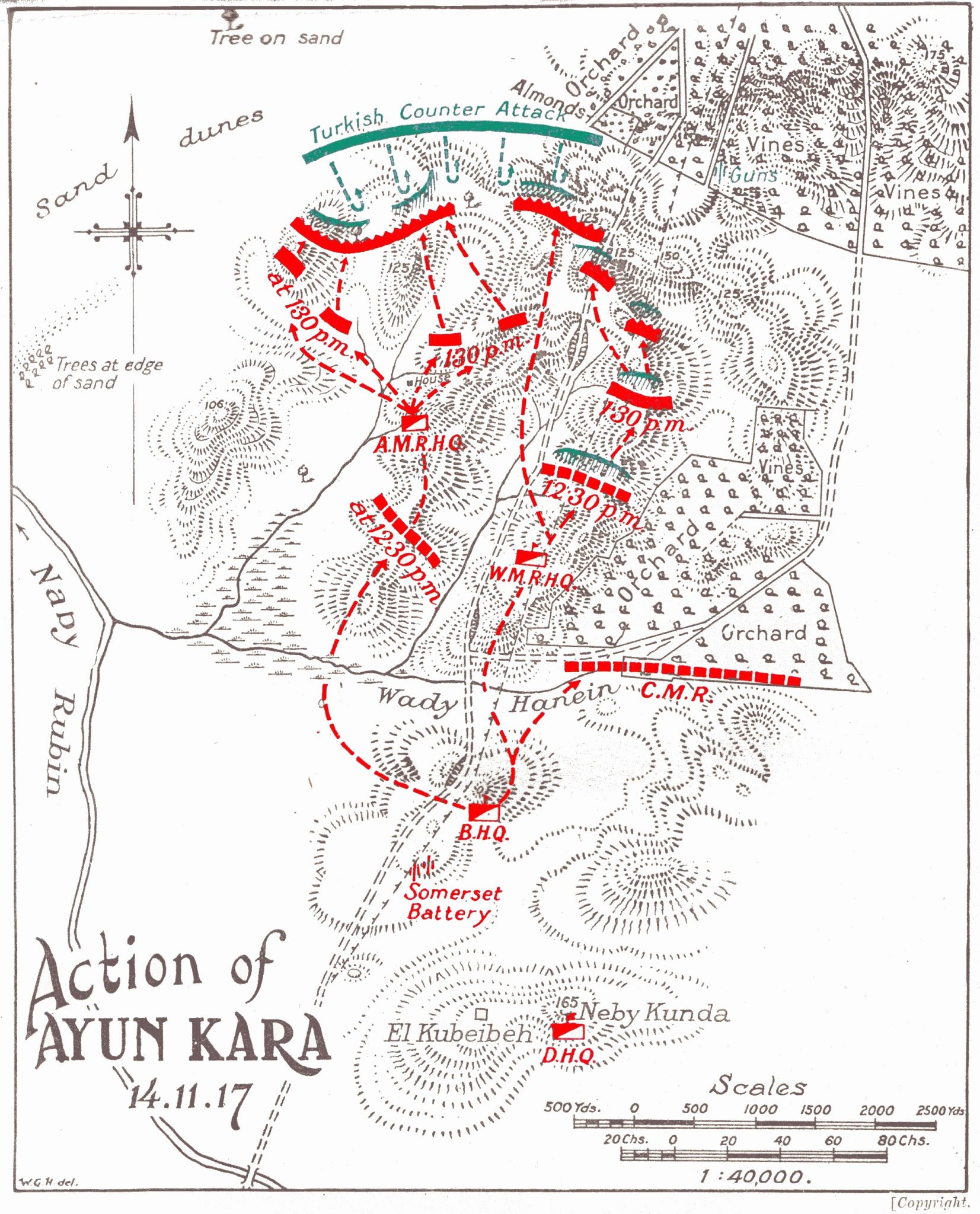
That battle, and the NZMR’s subsequent stay in nearby Rishon LeZion — where their presence was celebrated by the Jewish settlement as a harbinger of statehood – is the focus of a new exhibition, “Liberation, Tidings and Hope,” honoring the centennial anniversary of these events.
The exhibition includes rare historical photographs, documents and items from the battlefield, as well as a special exhibit: a series of contemporary large-scale paintings entitled “Sand in the Apricot Jam” by New Zealand artist Rebecca Holden whose grandfather, John (Jack) Culleton, served with the 4th Waikato Squadron of the Auckland Mounted Rifles, and fought in the campaign.
The NZMR comprised approximately 1,850 men and 2,200 horses. Two years earlier it had fought against the Ottoman Turkish army at the Battle of Gallipoli in 1915, where it had suffered severely; some 8,700 Australian and 2,779 New Zealanders died. Upon their evacuation from Gallipoli, the NZMR Brigade was stationed in Egypt and became part of the EEF.
Gallipoli was a defining moment for Australians and New Zealanders in forming a national consciousness and the ANZACs — now experienced in fighting the Turks — would play a key role in the British invasion of Ottoman-held Palestine. The Battle of Ayun Kara was the first time that ANZAC officers, not British officers, were in command.
According to Sergeant Charles Gordon Nicol in his book, The Story of Two Campaigns: Official War History of the Auckland Mounted Rifles Regiment, 1914-1919, the Turkish forces who fought them were not prepared for the quality or spirit of the desert horseman.
The Battle of Ayun Kara was not without losses, however. 44 New Zealanders died and 81 were wounded.
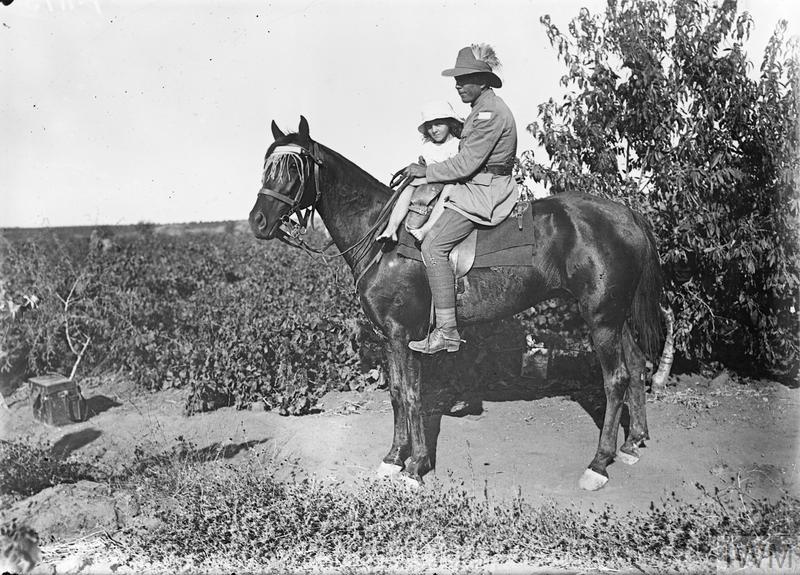
In the wake of the battle, the New Zealanders set up camp at Rishon LeZion, a “pretty little hamlet surrounded by vineyards and orange-groves” according to Officer A. Briscoe Moore, in his book, The Mounted Riflemen in Sinai and Palestine: The Story of New Zealand’s Crusaders. They were given a warm welcome.
The ANZAC commanders also brought the villagers the important news of the Balfour Declaration, which had been issued in London on November 2, 1917. The Declaration laid a substantial foundation for the return of the Jews to their historical homeland and the establishment of the State of Israel — the same vision that had served as the basis for the establishment of the Rishon LeZion in 1882.
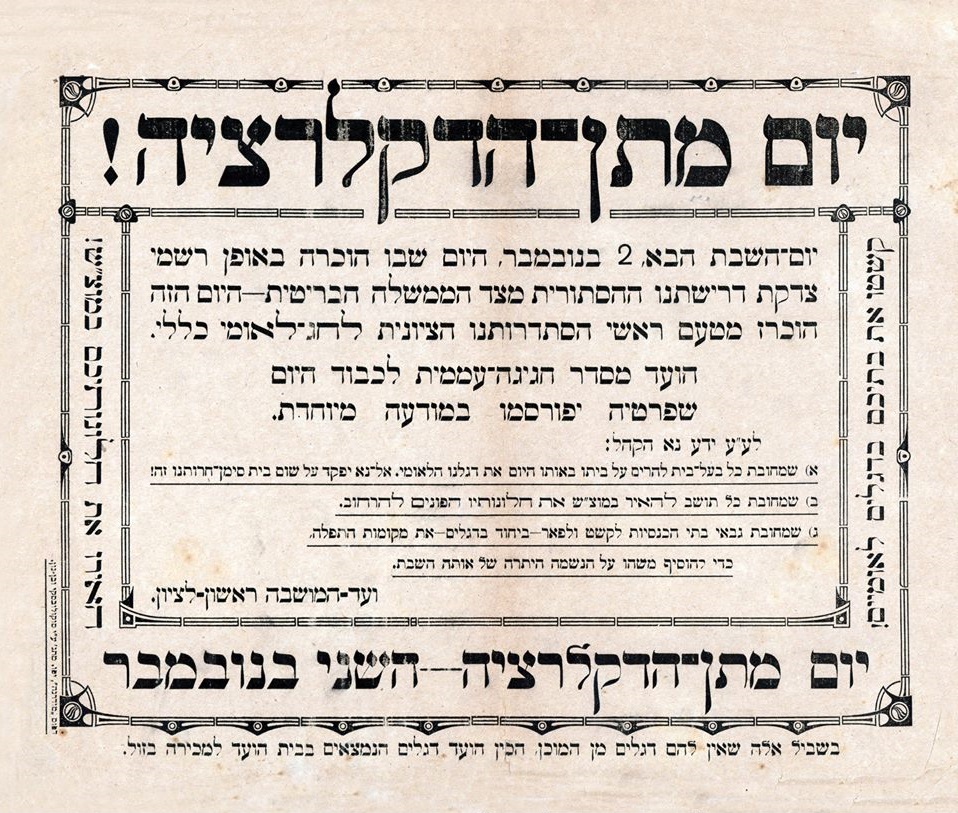
During the Brigade’s stay, when the units were refitted and bought back up to strength, Moore writes, “the center of interest [for the soldiers] is the substantially built brick wine-press, with its huge cellars, the property of Rothschild, and one of the three largest wine-presses in the world. Light white and red wines and cognac could be had at reasonable prices, and were largely in demand… Keen interest was taken in football matches between the different units, and other sport.”
In gratitude to the NZMR troopers, the people of Rishon LeZion erected a memorial on the gravesite of the Battle of Ayun Kara fallen. Sometime soon after, the bodies were reinterred at the British Military Cemetery in Ramleh.
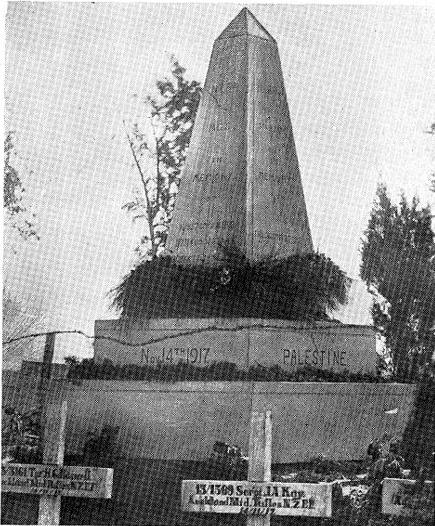
The horses were another tragic casualty of the Great War. Only four of the more than 10,000 horses New Zealand sent overseas during the First World War returned home, and of the 2,200 horses that endured the shipboard journey from New Zealand to Egypt only one made it back. Some were purchased by the British, others sold to locals, but most of the battle-worn war horses were reluctantly shot by their masters who felt it kinder than for them to endure the harsh life of a work horse.
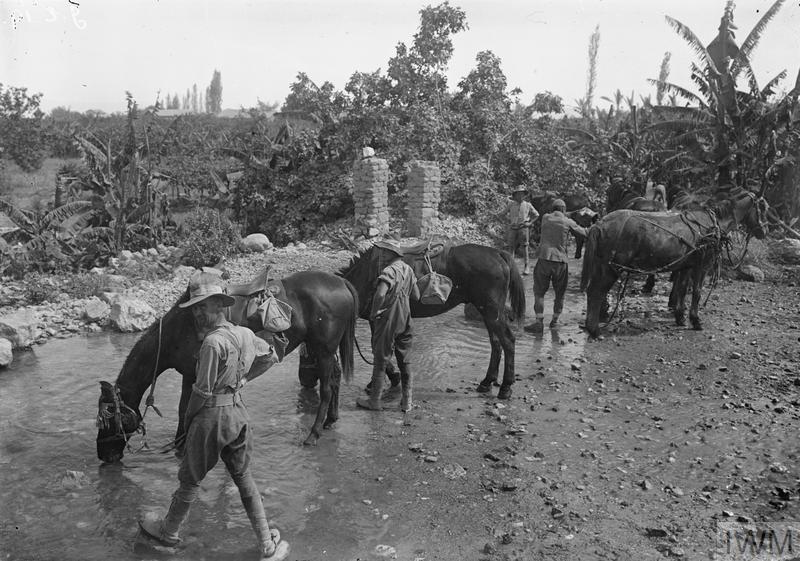
Horses figure prominently in Holden’s paintings that represent different aspects of the NZMR’s experience and the conditions endured by both soldiers and horses in the harsh desert environment.
On her website, Holden writes, “The title for this body of work comes from my Grandpa’s distaste for apricot jam. He explained to my mum one day that he hated apricot jam because it reminded him of the rations from the war. The ‘sand’ in the title refers the desert conditions endured by the soldiers in the Middle East campaign.”
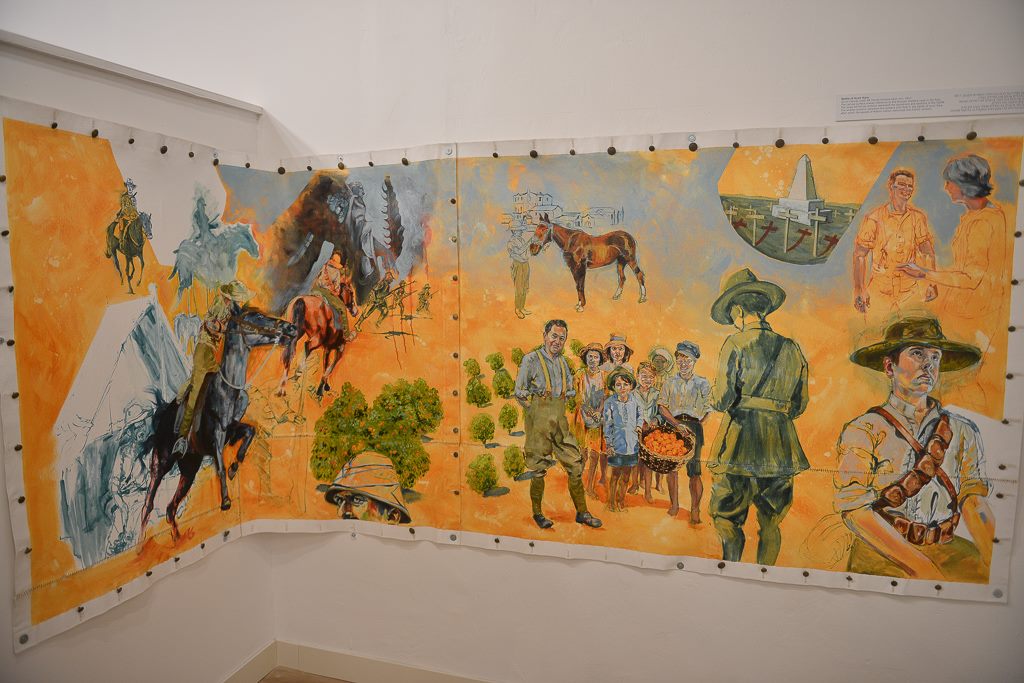
Upon being invited to exhibit her work at the Museum, Holden created an additional panel for the series
entitled, The Battle of Ayun Kara. NZMR welcomed in Rishon LeZion. She also launched a crowdfunding campaign on Pledgeme, which successfully reached its goal of covering the exhibition’s shipping costs.
Holden writes that although her grandfather never spoke about the war or attended ANZAC Day parades, she wanted, in her own way, “to honor of the men (and their trusty horses) who endured this campaign. The unforgiving conditions, the battle for water, the hostility of some of the local people, the flies, and disease that ravaged many of the men — let alone the battles fought. I do this in admiration of their endurance and their resilience.”
The exhibition opened to the public on October 19th so that the Australian Light Horse Association group could visit. The official opening, on October 30th, was attended by some 100 invited guests including dignitaries from both New Zealand and Israel.
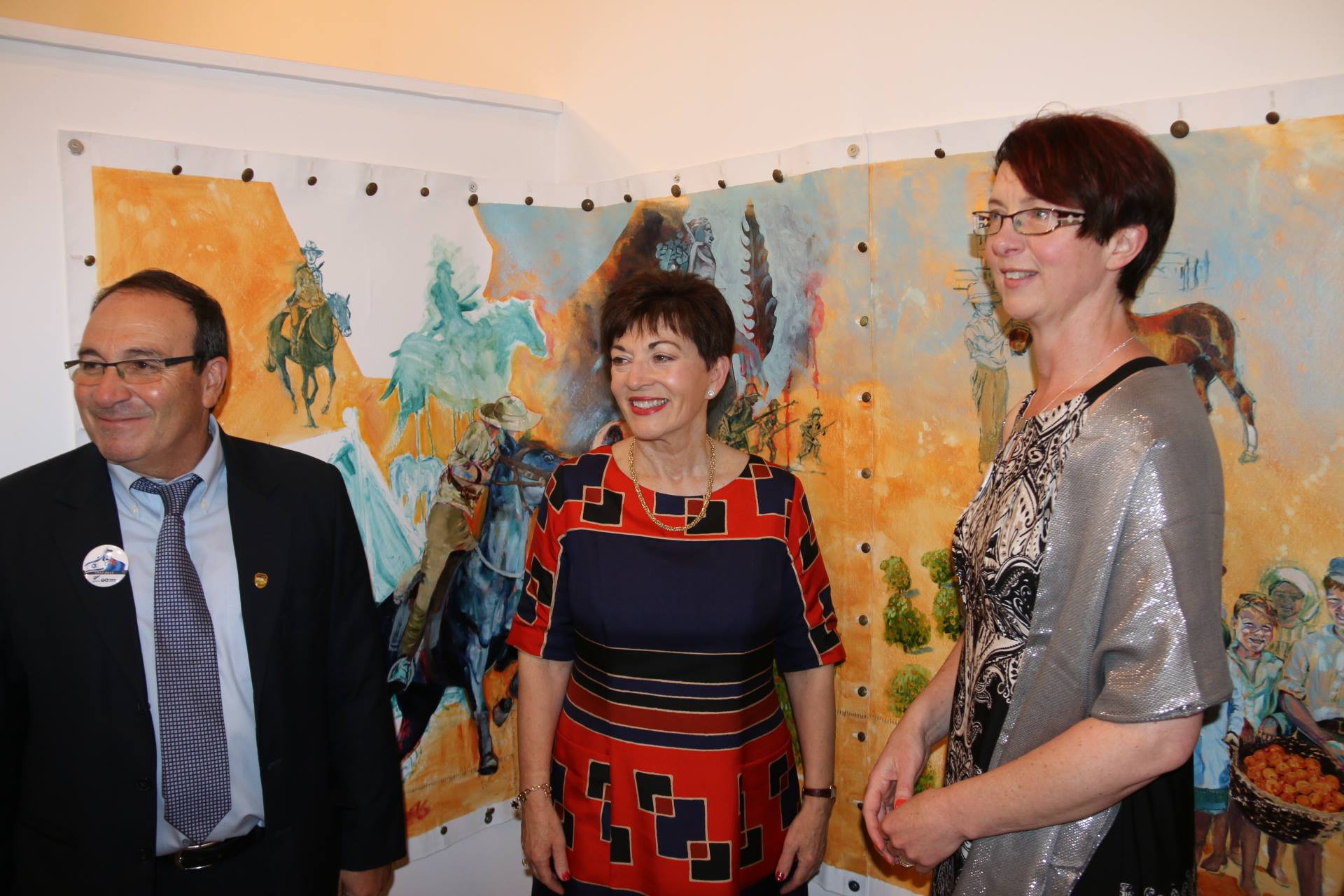
A friendship plaque was also unveiled to honor the connection between the Mounted Rifles and Rishon LeZion.
The Rishon LeZion Museum is located in seven unique historical buildings from the early days of Rishon LeZion and presents the uniqueness of the town as a creator of fundamental national values and symbols of the State of Israel, along with displays the daily life in the village.




